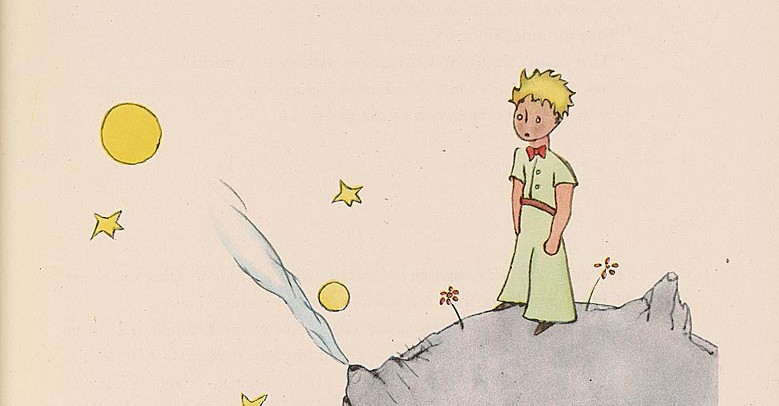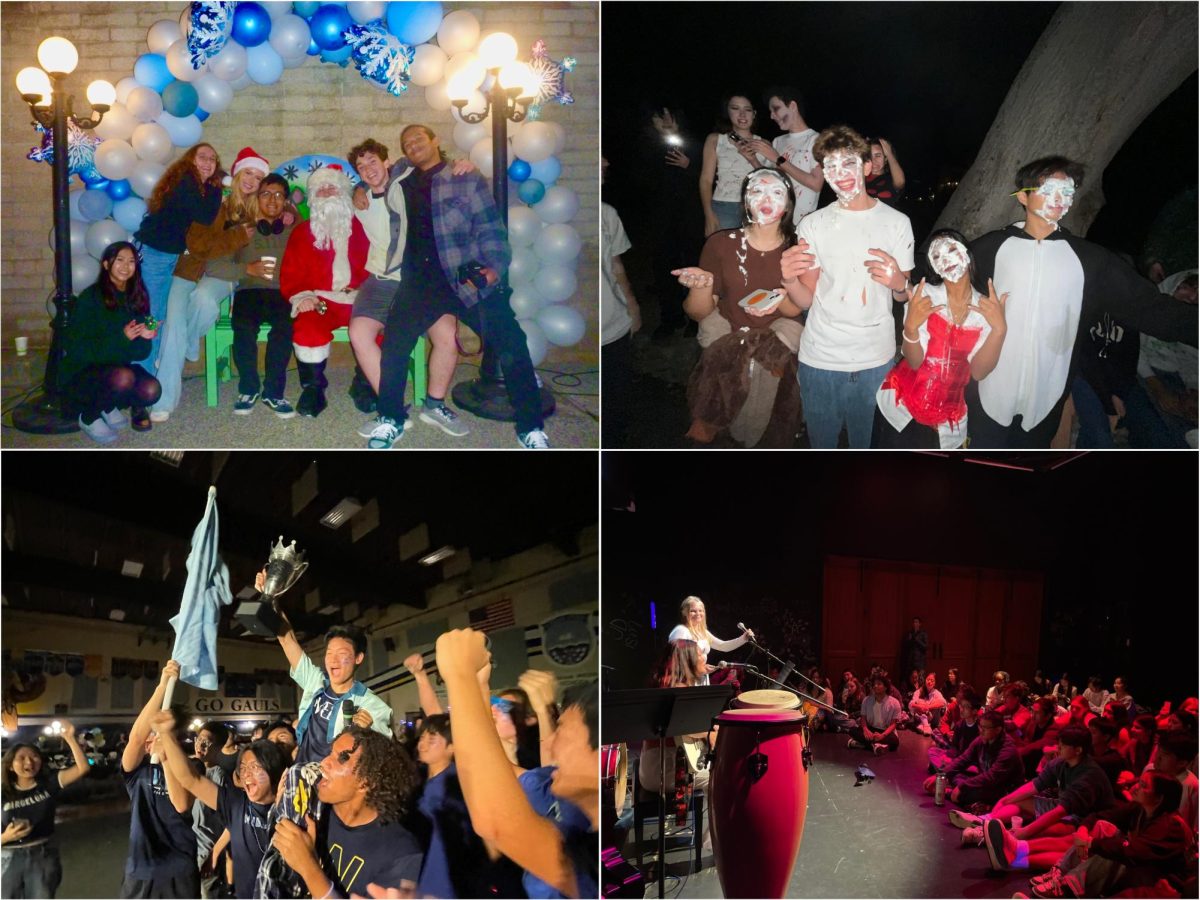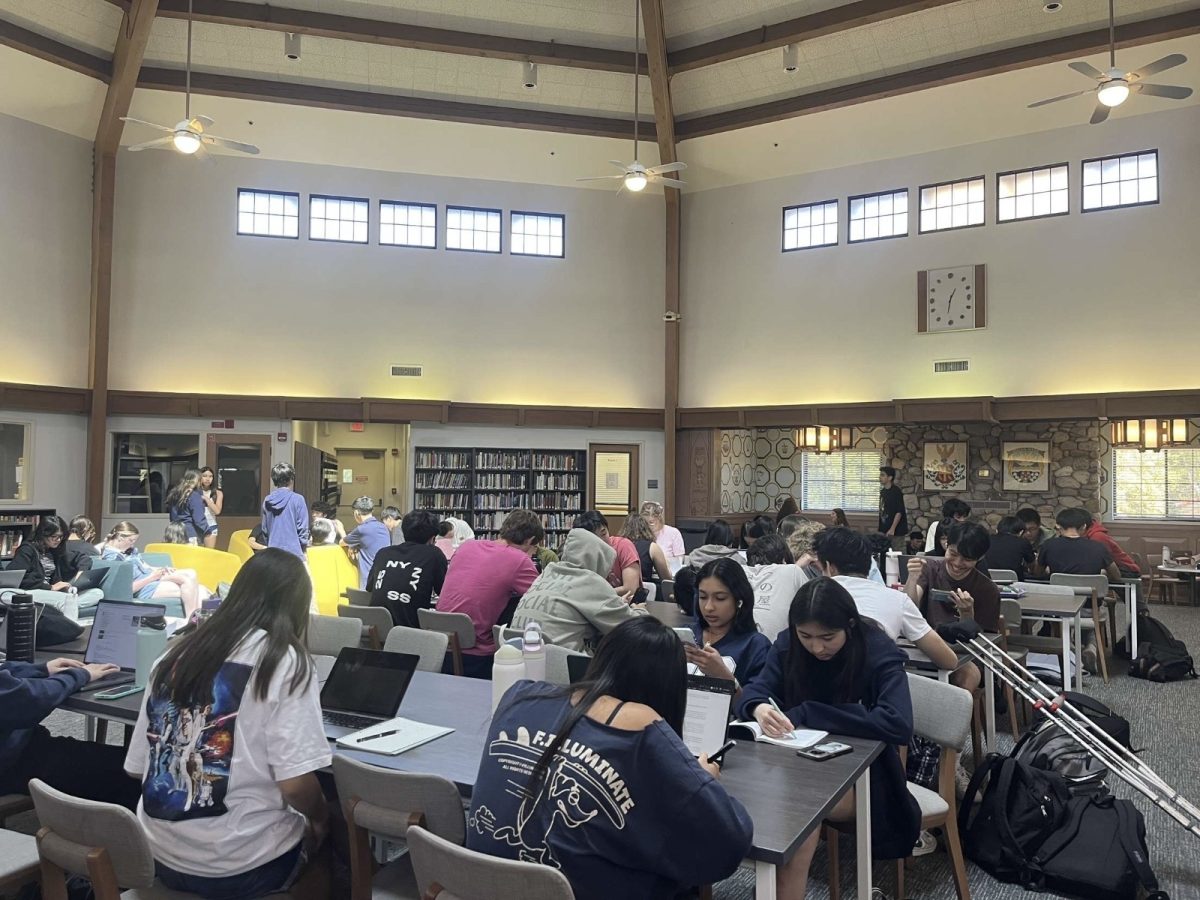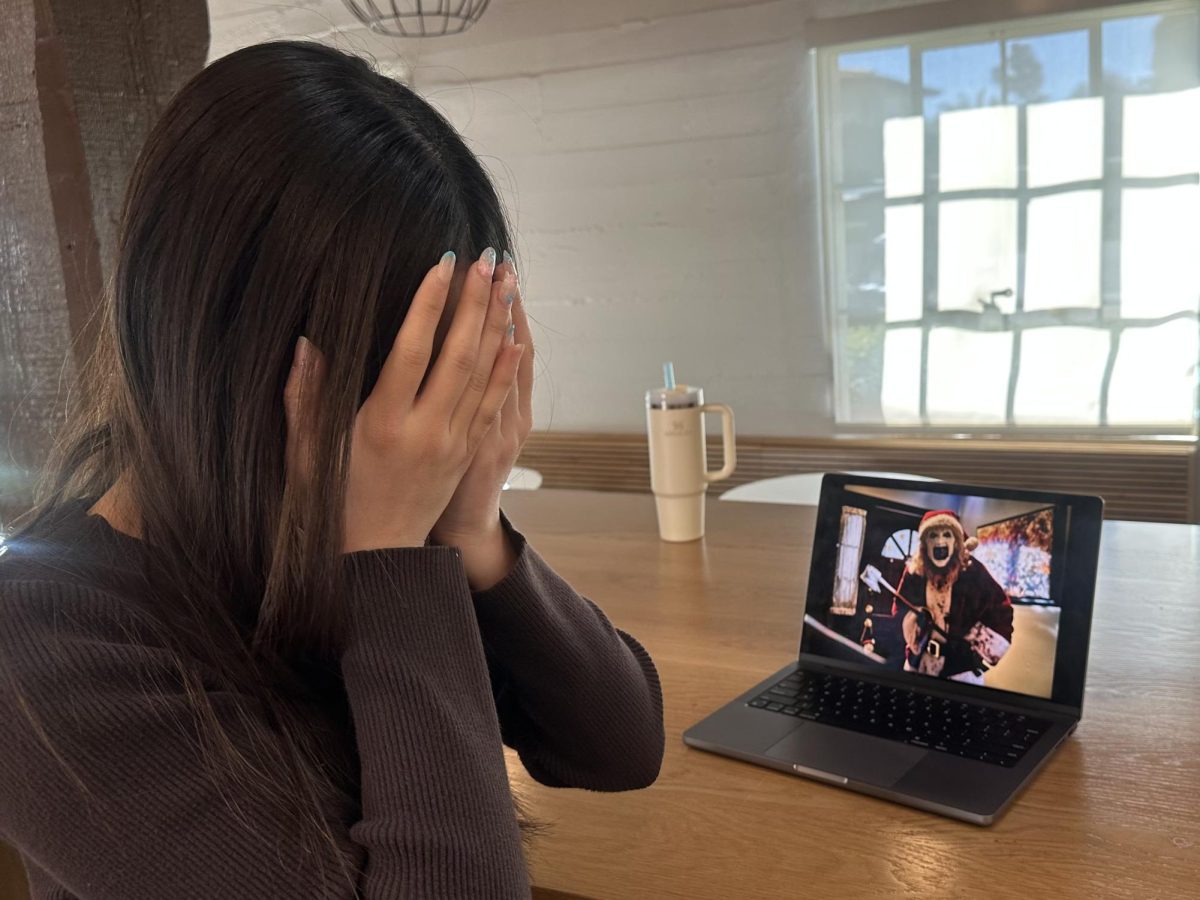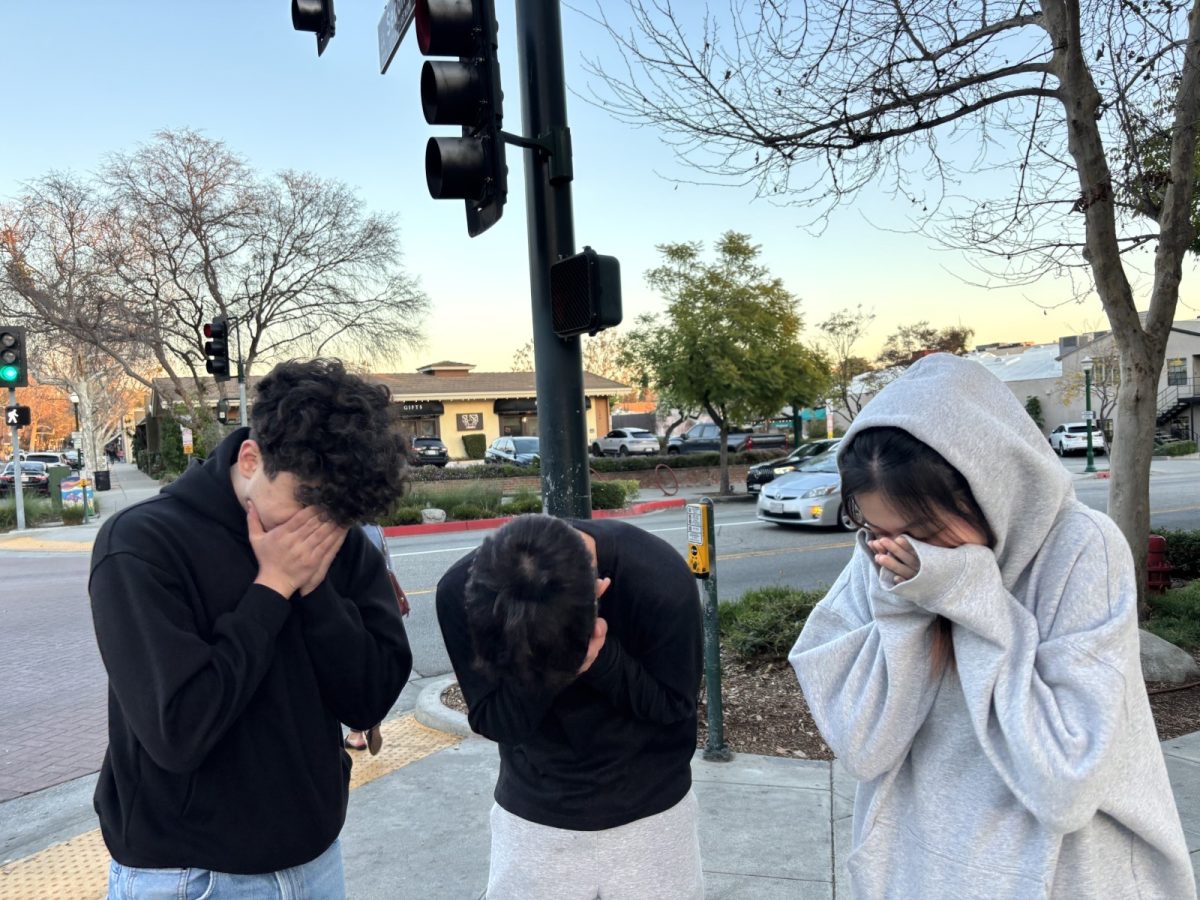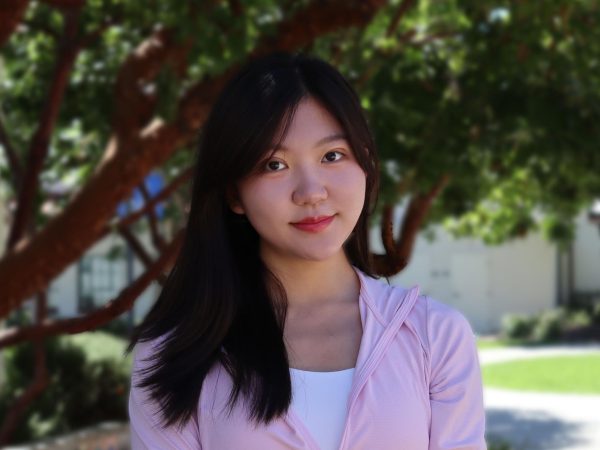Pause and look at this image, can you tell what it is?

Well, if you think it is a hat, you are unfortunately incorrect. In fact, this image captures an elephant inside a boa constrictor.
I know what I just said amuses you. But this is precisely how a lot of people reacted to Antoine de Saint-Exupery’s The Little Prince when they saw this drawing.
The Little Prince is a tale of friendship, loneliness, love, and loss. In the story, the narrator recalls his childhood experience of being misunderstood by adults, who have “more important things” to care about.
When he grows older, the narrator becomes a pilot and crashes into a desert during one of his expeditions. There, he meets the Little Prince, who, unlike all the other people he previously encounters, instantly understands his drawings and his frustrations.
The Little Prince previously lived on a small planet called Asteroid B-612. One day, a new kind of seed blows to his planet and bears a beautiful rose. Their friendship, although heartwarming at the beginning, quickly falls apart from her demands. Atop a lie that the rose constructs due to her pride, the Little Prince feels dejected, and chooses to leave his planet to visit other places in space.
When the Little Prince travels to the first planet, the King who ruled it demands his constant obedience despite having no subjects, displaying his own limited scope of mindset that deprives him of his ability to appreciate the beauty of others around him. The King’s story reminds us of the importance to treat others as our equals and shy away from becoming self-important.
Even when a stranger visits his planet, the King quickly drives them away with his incessant demands to serve him. The King’s traits present a magnified version of adults with huge egos, and the author presents the underlying self-doubt behind each seemingly bizarre action.
On the next planet, the Little Prince meets a conceited person, who denies hearing anything but praise. His refusal to acknowledge reality may seem ridiculous to the reader, but it reflects a prevalent phenomenon of people’s increasing pridefulness and inability to accept criticism.
Especially at such a prestigious school as Webb, students may feel defeated at times when facing a reprimand. But it is crucial for us, as a community, to maintain the qualities of humility and willingness to accept constructive feedback.
The story then introduces the Tippler, who drinks alcohol to forget his shames. Although this behavior might seem less relevant for Webb, it draws a parallel with students’ tendency to procrastinate on assignments to forget the stress of academics.
Many students often wait until the last minute to hurriedly submit because they don’t want to complete the assignment beforehand. This act of pushing stress under the rug is very unhealthy for students and will cause more mental anxiety in the long term.
The story of the Tippler is meaningful because it reminds us of the benefits of taking the initiative and being proactive with schoolwork. It will not only positively impact one’s grades, but also alleviate unnecessary stress.
The Little Prince then visits the Businessman’s planet. The Businessman, who only cares about owning stars on a paper, satirizes the absurdity of being too obsessed with one thing. For instance, grades are the primary source of stress and matter a lot to most Webb students, which is understandable.
But some students obsess over their grades to the extreme and genuinely believe that the differences in percentages on a digital screen represent their self-worth. The story of the Businessman shows us that we cannot achieve true happiness by only focusing on one factor of our lives. Ultimately, factors like our mental well-being, social life, and personality contribute to our comprehensive growth, which truly defines us.
Contrary to the people he meets on other planets, the Little Prince learns important lessons from a fox on planet Earth.
The fox teaches the Little Prince the importance of cherishing a relationship before later attempts to salvage this connection become too late. Although there are many more roses that look exactly like the rose he loves and cares for back on his planet, the time he devotes to his rose makes it the most special flower to him in all of existence.
Unfortunately, it is too late for the Little Prince to return to the rose, as she would have fallen to the harsh conditions of the planet without any protection. Due to his impulsive reaction to her words, he loses his best friend and companion.
The Little Prince’s story reflects the ephemeral relationships in high school life. People often miss building a friendship simply because of a brief first impression or a few words without truly getting to know each other deep down. An invisible hostility may even develop towards someone based on descriptions of that person from other people, although most of the time the two have not even interacted personally. On the other hand, when best friends accidentally hurt each other, it is important to not rush to conclusions like the Little Prince, but give each other a chance to talk it through.
The fox also reveals to the Little Prince that truly essential things are often invisible to the human eye. Money, subjects, property—matters so obsessed by ones from other planets he visited—are not as important as qualities such as love and friendship. Even when someone who only cares about materialistic ambitions achieves them, they may still not feel fulfilled because they are empty of values that satisfy the human spirit.
The Little Prince, although simple, straightforward, and perhaps a bit eccentric, inspires deep thought about what truly matters.
Given this novel’s widespread fame, many people may have already read The Little Prince, but we still highly recommend this book to our entire community because a new layer of applicability to its messages unravels during different stages of one’s life.
Especially in a fast-paced time when almost everyone has their eyes glued to a digital screen, focused on achieving success, one rarely possesses the Little Prince’s curiosity and innocence in viewing the world. Its applicability to everyday life—from relationships to self-gratification—makes it an essential piece of reading for children and adults alike.
It is increasingly important for our community to be united under these common values of humility, proactivity, eagerness for knowledge, and comprehensive growth. Together, we can cherish these qualities that truly matter, and help each other to grow better ourselves.
Did you really use your imagination to visualize what the picture in the beginning of this review represents? Or did you just simply move on without ever becoming creative or curious?


